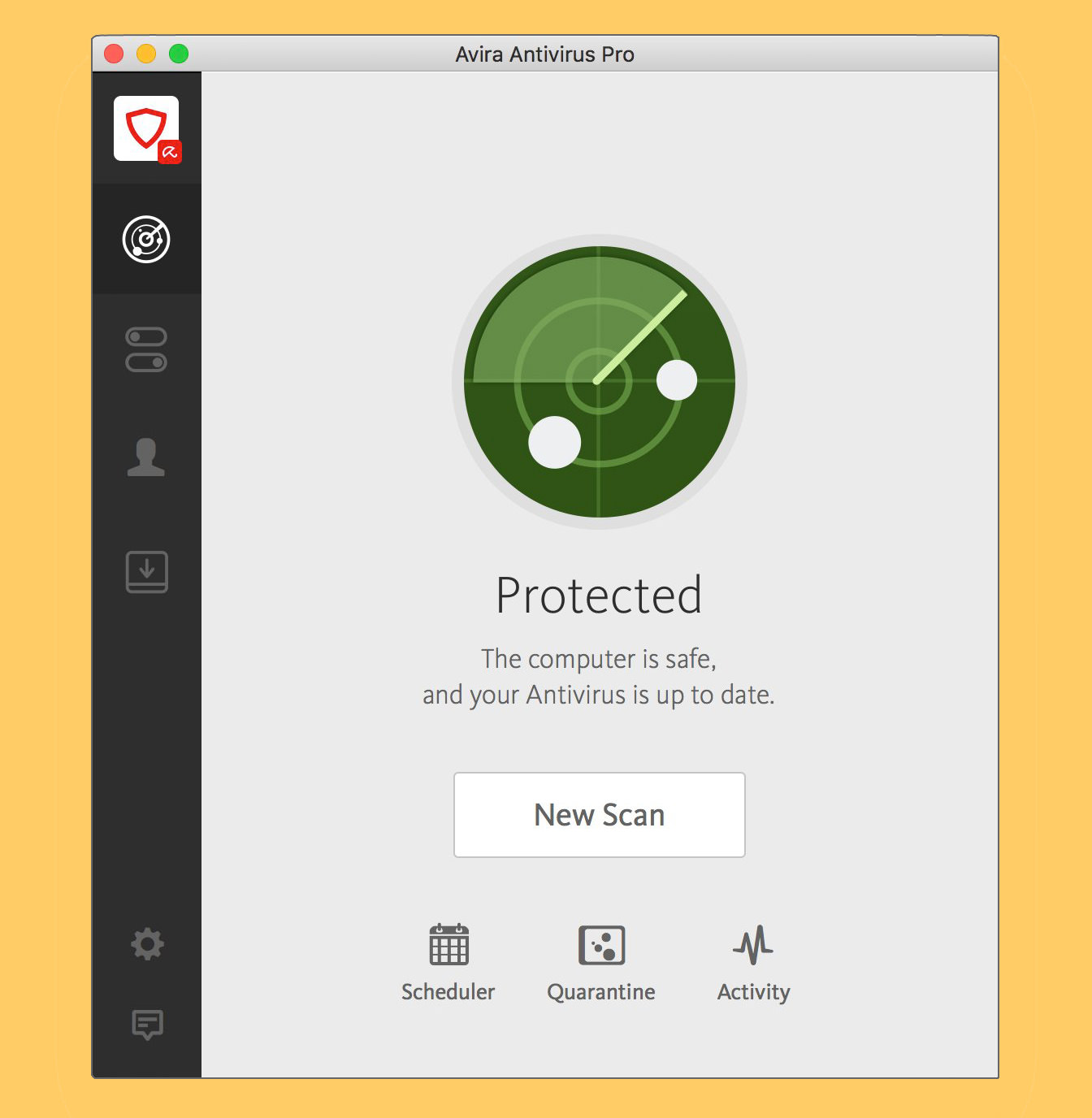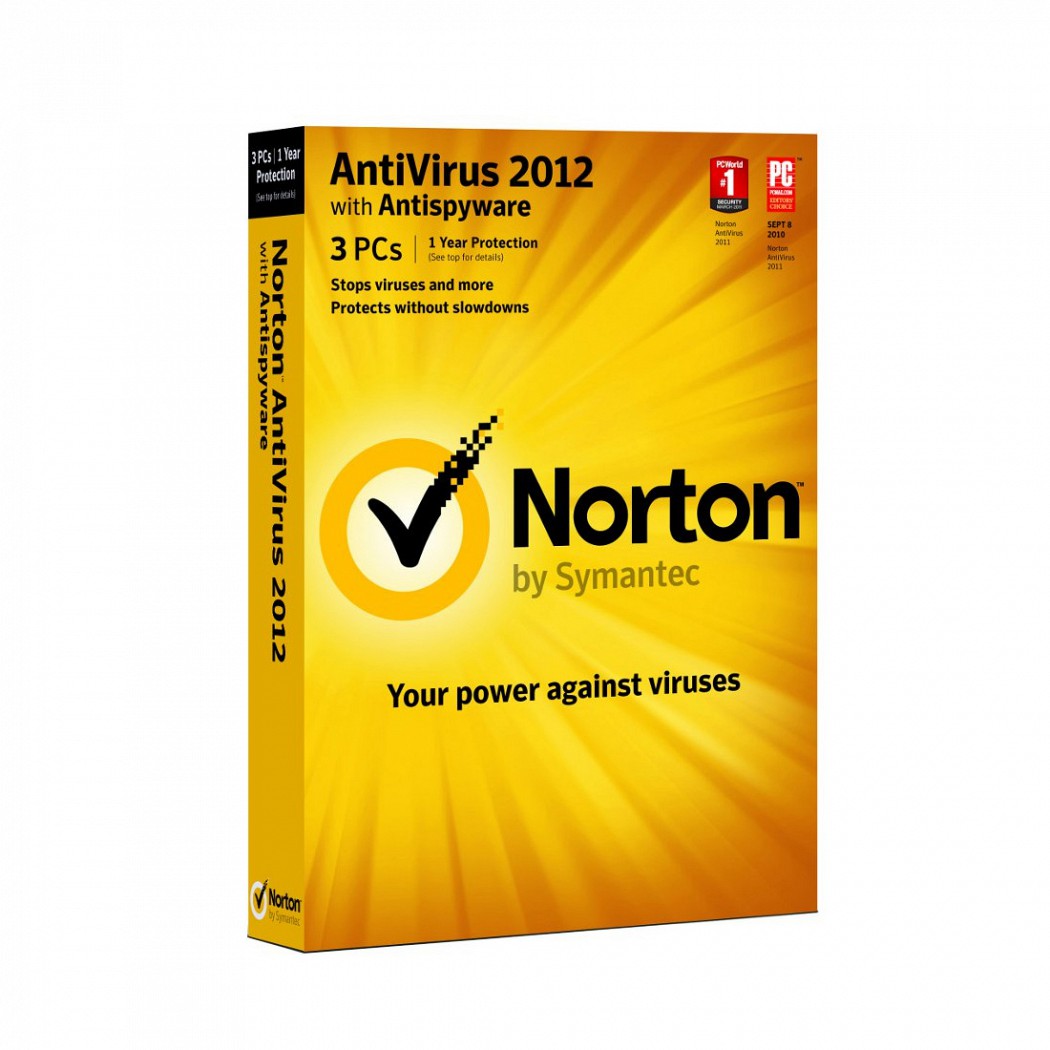

- #Mac free antivirus software how to#
- #Mac free antivirus software update#
- #Mac free antivirus software software#
- #Mac free antivirus software mac#
These usually contain a seemingly authentic link that many users fall for. Malware is commonly found in phishing or spam emails. If you need to use one, avoid transmitting any secure or sensitive data (such as credit card data) over the public network. Try to use a virtual private network (VPN) or a personal Wi-Fi hotspot instead of a public Wi-Fi network. Public Wi-Fi networks can be handy for getting online on the go, but other people spying on the network could gain access to your passwords or your private information.
#Mac free antivirus software mac#
Apple addresses flaws and vulnerabilities with the Mac by issuing regular updates to the Mac operating system, so it is important to make sure your system is up to date. Keeping macOS up to date with the latest version can keep your computer safe.
#Mac free antivirus software software#
Related: How Does Antivirus Software Work?Īpple offers built-in security features to keep your Mac safe, but there are some general tips for you to help avoid malware on your system. If you follow some basic practices (covered at the end of this article), the chances of infection remain low. Even with antivirus software, your Mac could fall victim to a new, undocumented infection. It is important to note that antivirus software is not foolproof either. Antivirus software isn't essential, but having it can be an additional benefit, even if it's not "essential" for a Mac. Having antivirus software installed on your Mac provides an additional layer of security on your Mac, which isn't a bad thing. Since Apple isn't a dedicated security company, it doesn't keep track of nearly as many threats as third-party products.Īntivirus software steps in here.

This, in turn, keeps macOS systems safe from vulnerabilities.
#Mac free antivirus software update#
As discussed above, Apple's security mechanisms rely heavily on Apple identifying and tagging malware and viruses so that it can update its databases against them.

This keeps your Mac safe from known vulnerabilities and flaws in macOS that could be used by hackers.Īlthough Apple's security system is fairly good, it's not foolproof. Whenever a security threat is identified, Apple normally reacts quickly and issues a security update to the latest version of macOS and the two previous versions. OSX/CrescentCore was signed with a developer certificate, so it infected machines for days before Apple caught it. If the system was unprotected, it would exploit the machine. It then checked your Mac for antivirus software. The malware installed an app on your system, either Advanced Mac Cleaner, Launch Agent, or a Safari extension. For example, in June 2019, OSX/CrescentCore was discovered posing as an Adobe Flash Player Installer disk image. Malware has also been found in software with Apple developer certificates. These are referred to as zero-day threats and won't be identified by your Mac until Apple updates its databases. However, if the malware has been recently developed or hasn't been seen before, Apple has no way of knowing it could be harmful to your system-hence it could circumvent the security features. Viruses and other malware are often stopped in their tracks by macOS.
#Mac free antivirus software how to#
Related: Downloaded a Suspicious File? Here's How to Check if It Contains MalwareĬan Viruses Bypass My Mac's Security Features?

When you run an app in a sandbox, you limit what it can do and provide additional permissions based on input. As the name suggests, sandboxing refers to providing the app with all the bare essentials it needs to perform its purpose, and nothing else. It's just more common to see malware from unsigned applications than apps downloaded from the Mac App Store or signed with an Apple-issued developer certificate. Unsigned software isn't always harmful-lots of free software developers can't justify the $99 required to enter Apple's Developer Program and issue certificates. Gatekeeper blocks all software that isn't signed with an Apple-issued developer certificate from opening on your Mac, unless you specifically authorize it. This prevents unknown applications from causing harm. Thus, if any file is suspicious, you'll see a warning that the file may damage your computer.Īnother technology incorporated into macOS is Gatekeeper. Whenever you open a file, XProtect scans and checks it against known macOS malware. It may surprise you to know that your Mac already runs an anti-malware scanner in the background called XProtect. Your Mac has many built-in security features to keep it safe. What Are the Built-In Mac Security Features?


 0 kommentar(er)
0 kommentar(er)
